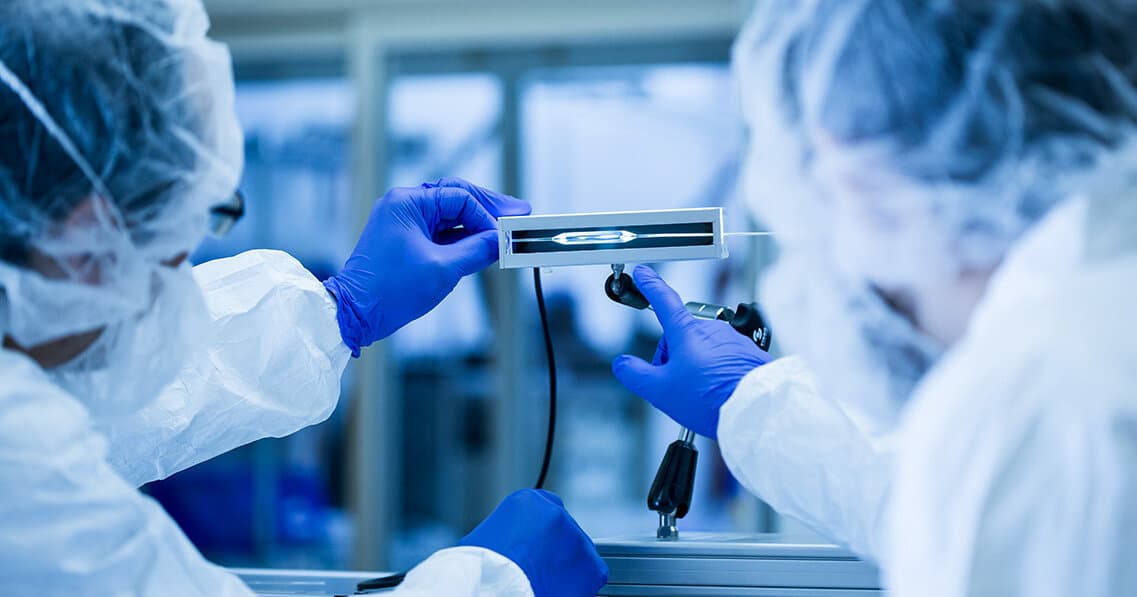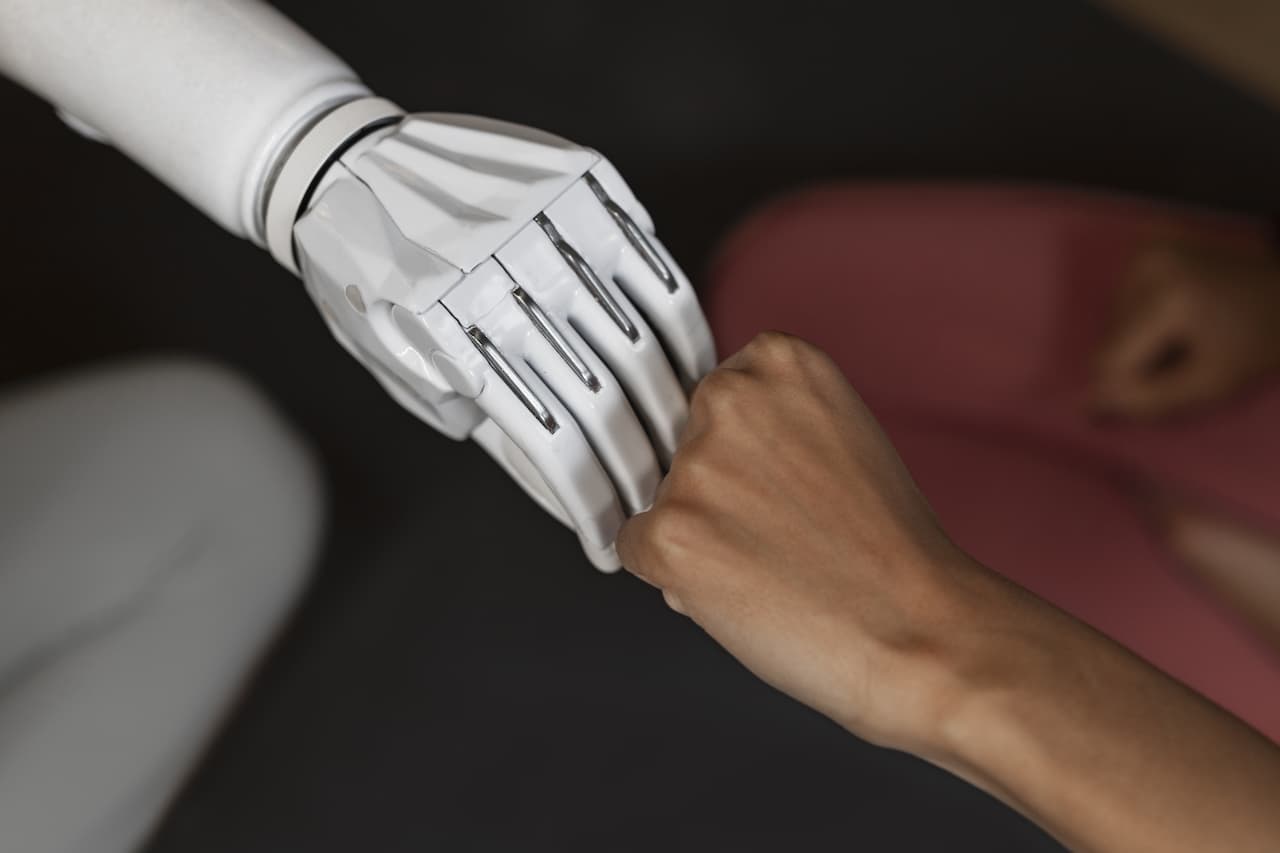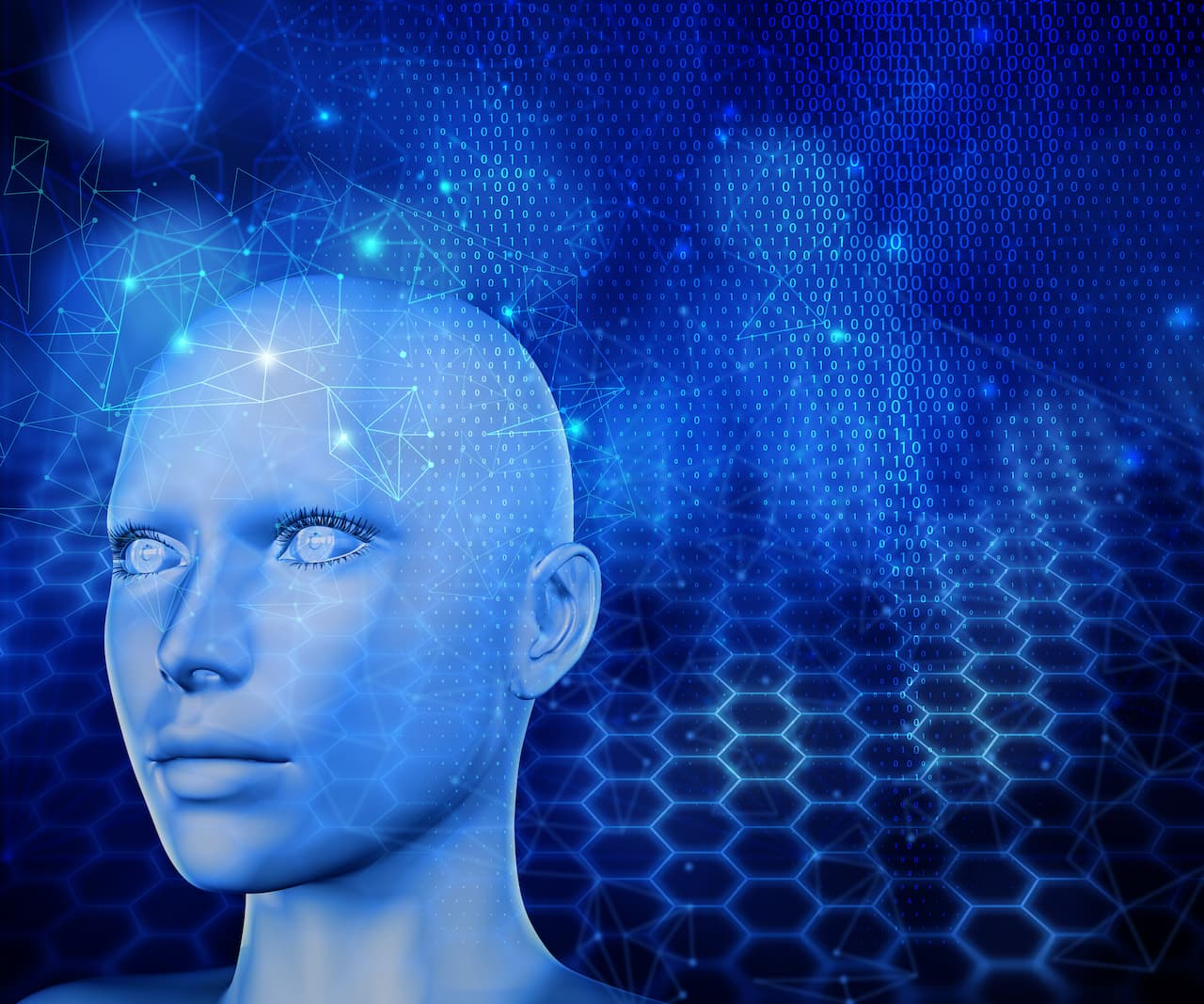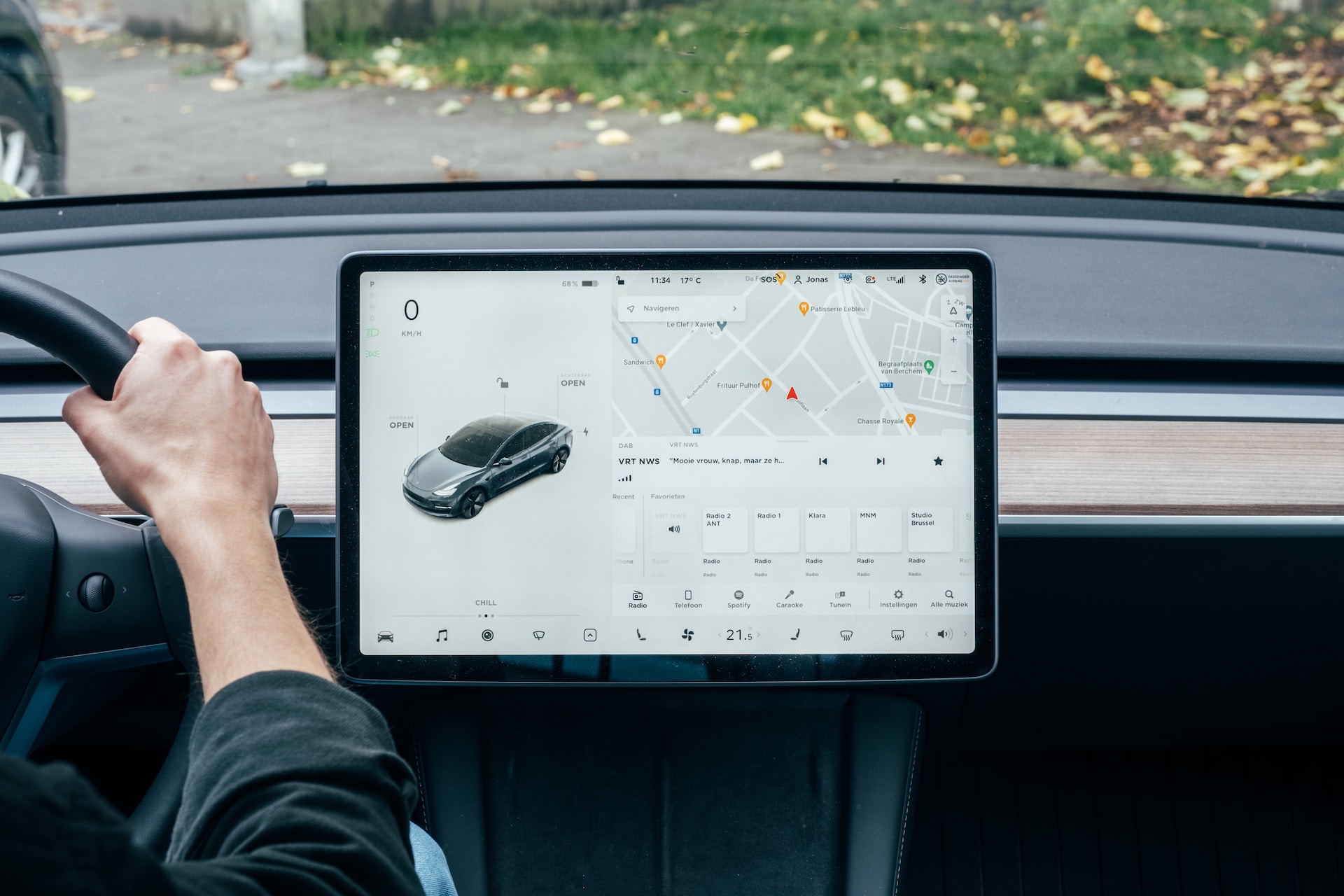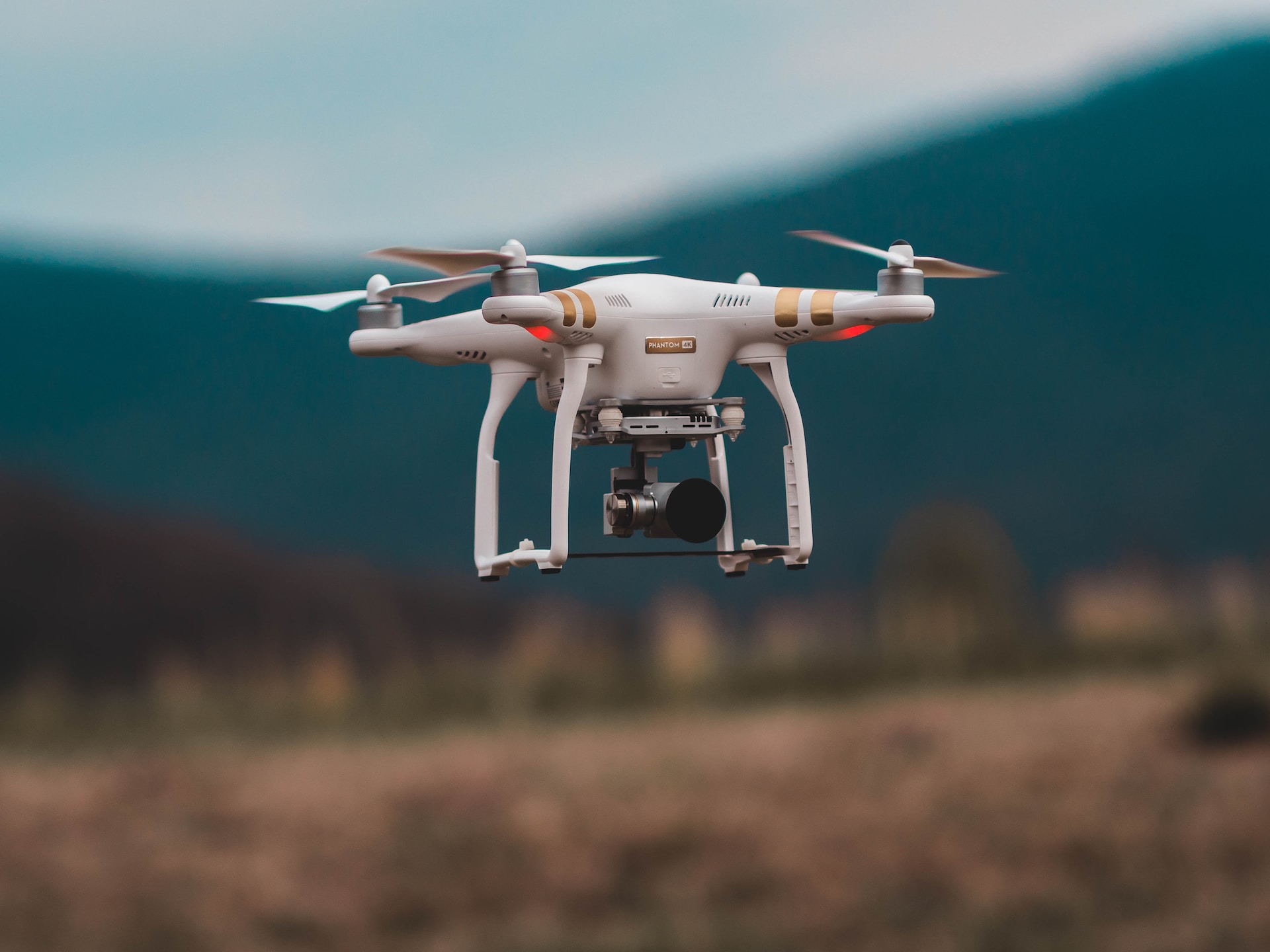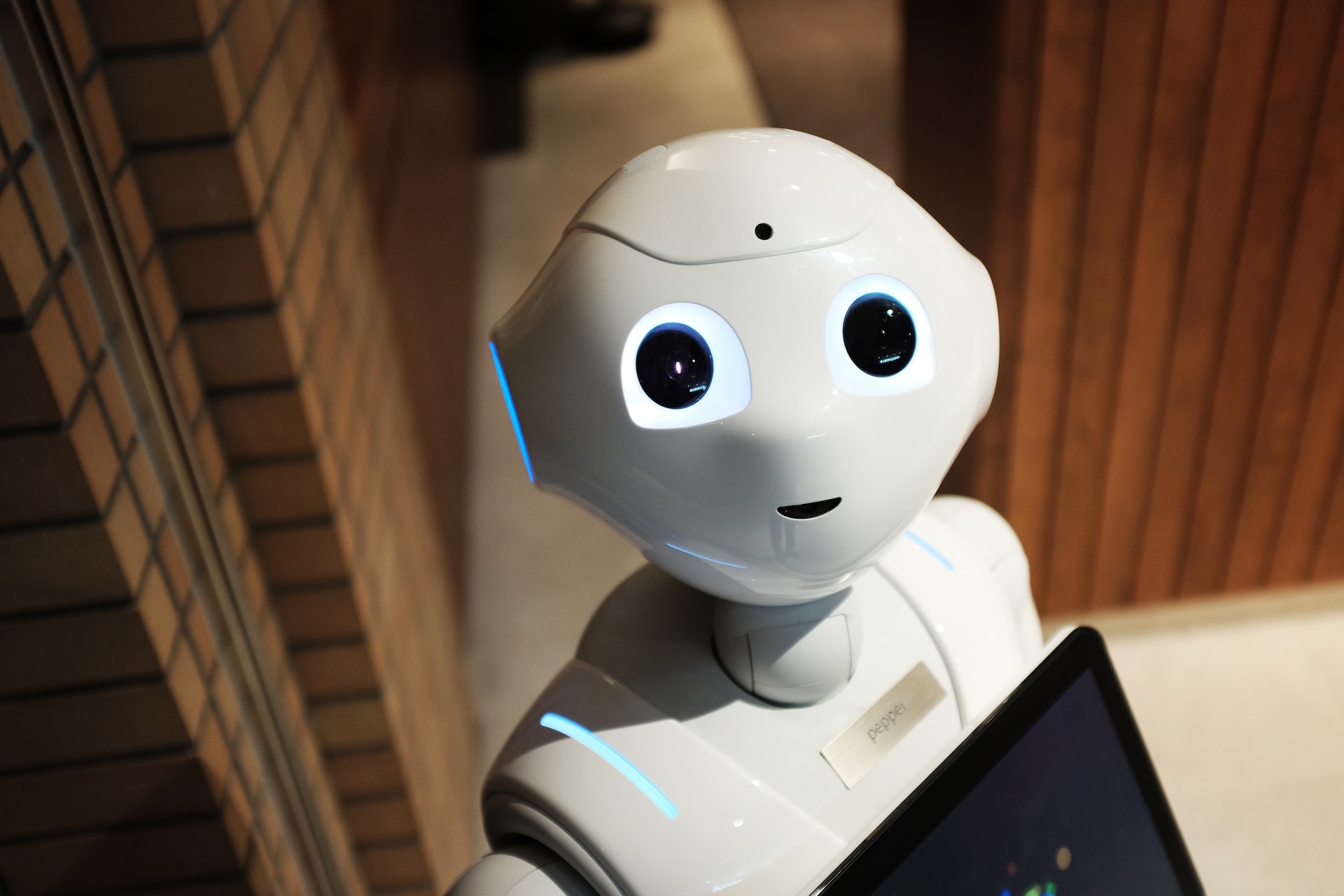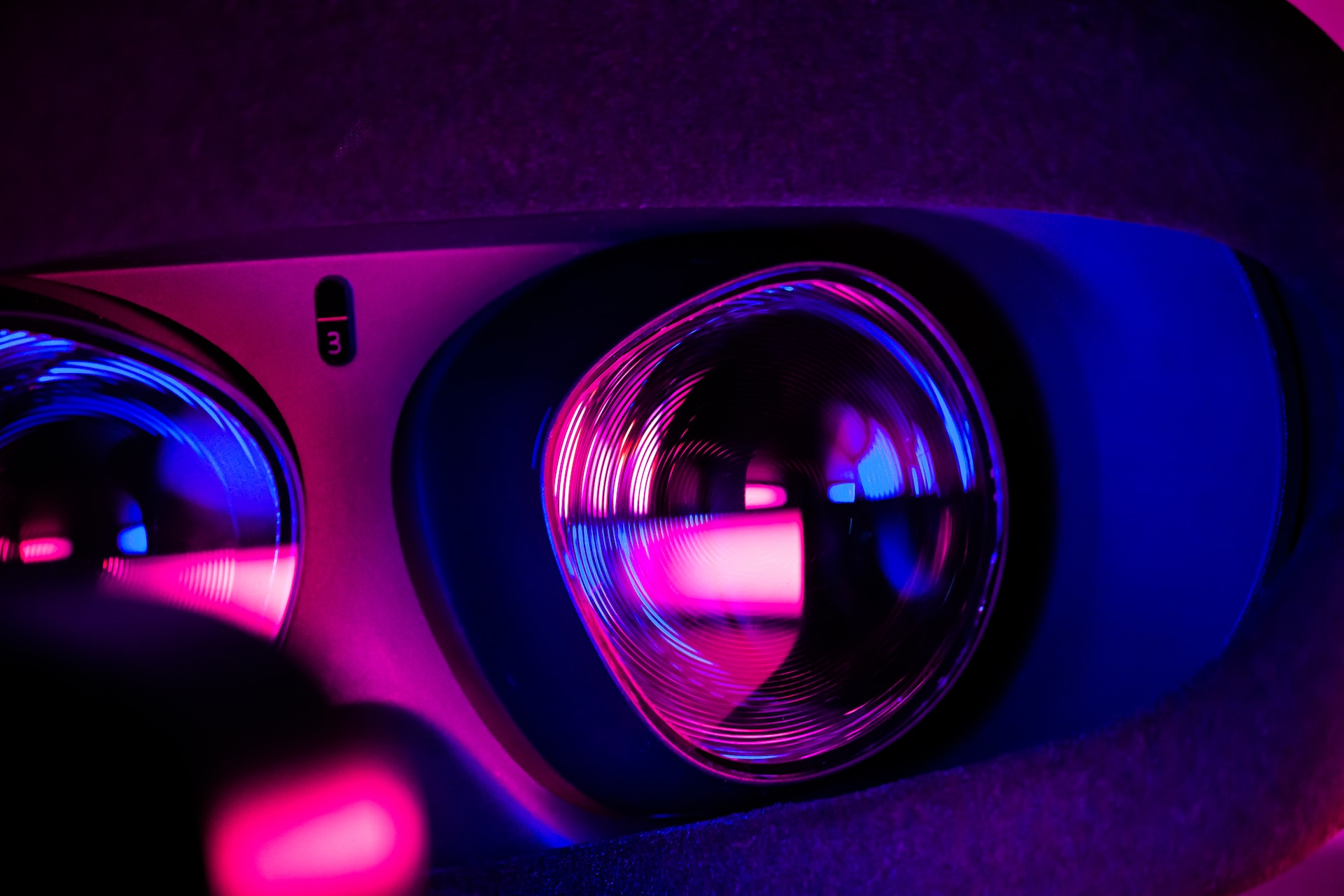In recent years, robot technology and artificial intelligence have developed at an incredible rate. And while robots used to be just a sci-fi idea, they are now beginning to replace humans in the workplace.
At first glance, this may seem surprising, but as robots become more and more advanced, they are becoming more and more viable as a replacement for humans. For example, robots are already being used to perform such tasks as assembling cars, cleaning rooms, delivering goods, and many others.
On the one hand, this can be beneficial for companies, which can reduce labor costs, reduce the risk of worker injury, and increase efficiency. On the other hand, it can lead to job losses and a worsening economic situation for people who previously worked in these positions.
Of course, there are certain tasks that robots cannot perform as well as humans. For example, robots cannot empathize with customers or provide services that require high skill and intellectual ability. However, as technology improves, robots are becoming increasingly capable, and perhaps sooner or later they will even be able to perform such tasks.
Some experts argue that the use of robots could lead to the creation of new jobs related to their production, programming, and maintenance. However, these new jobs may require higher skills and education than those that have been replaced by robots.
